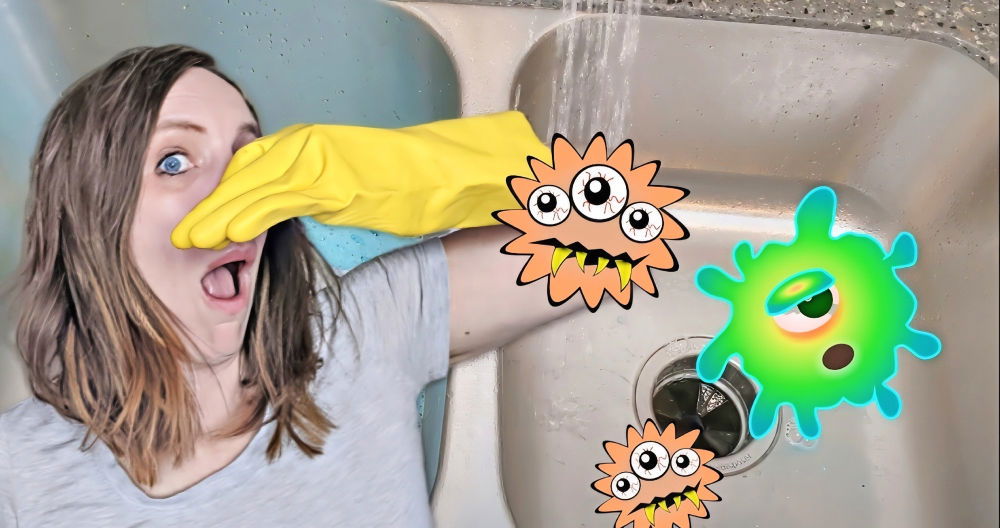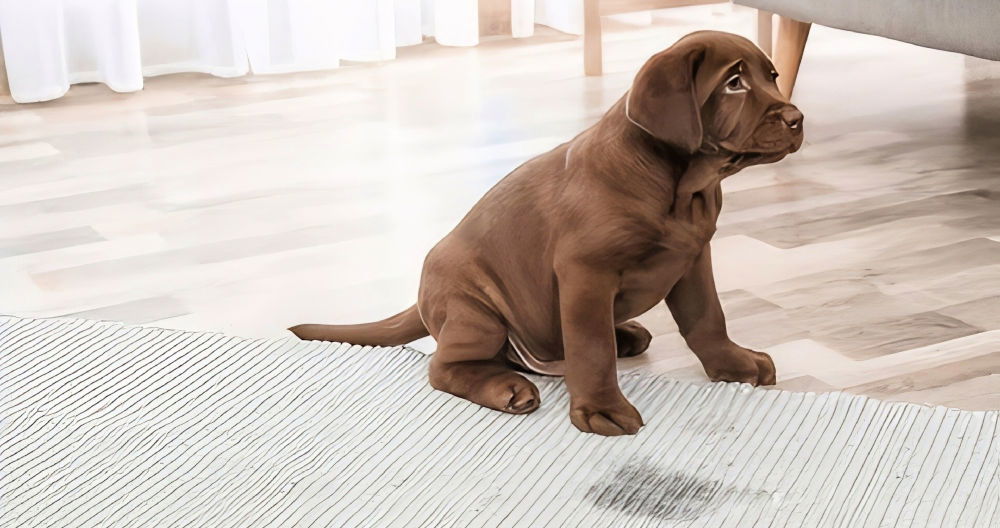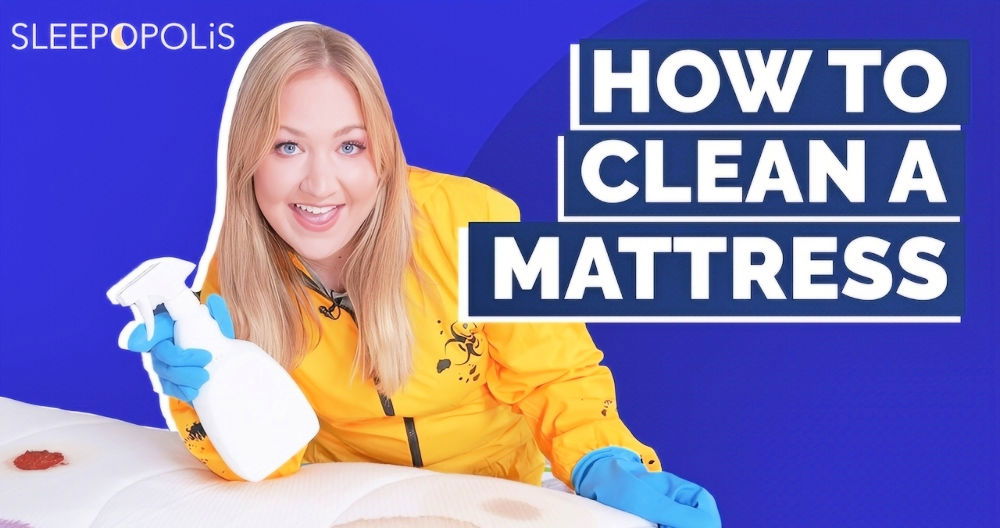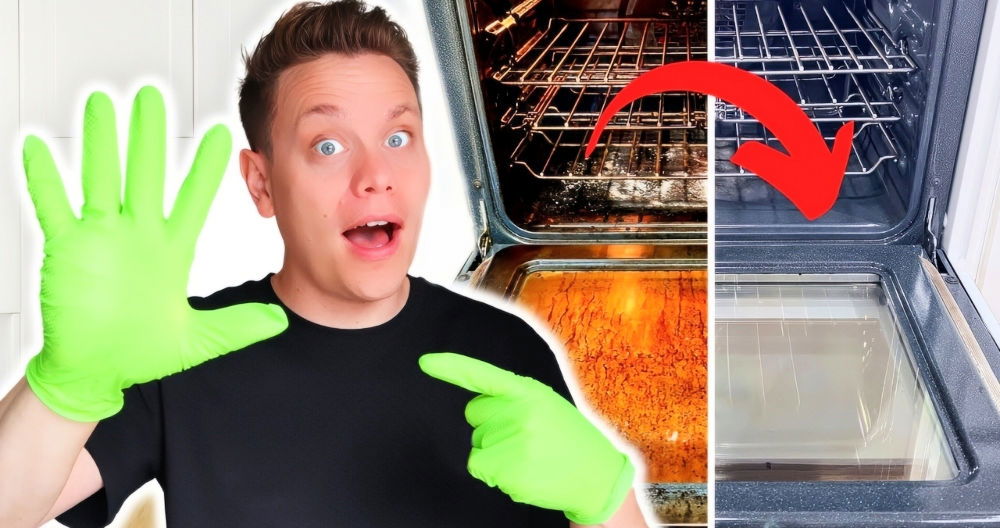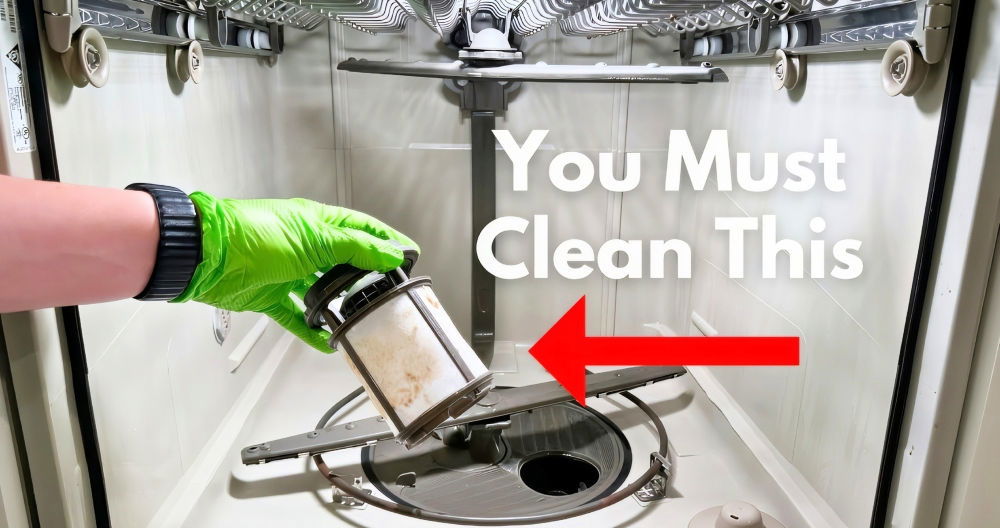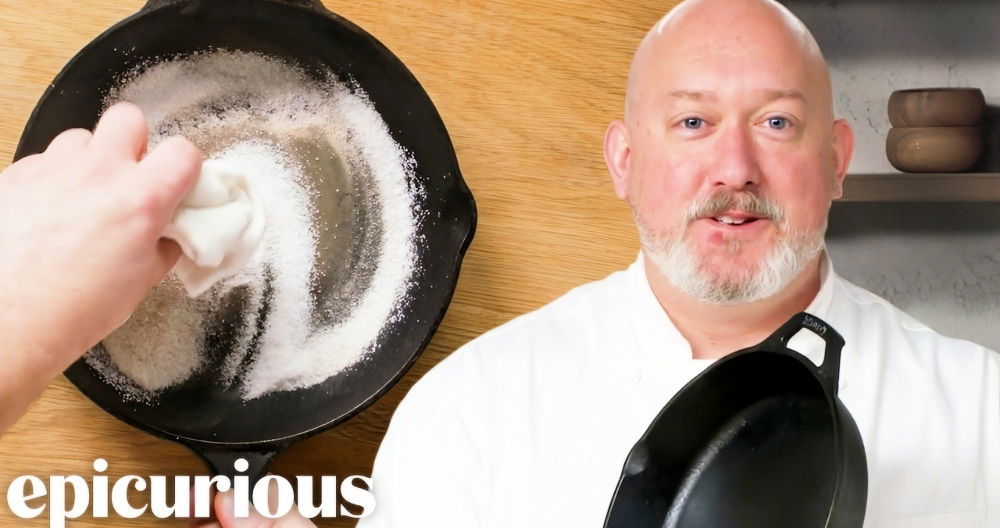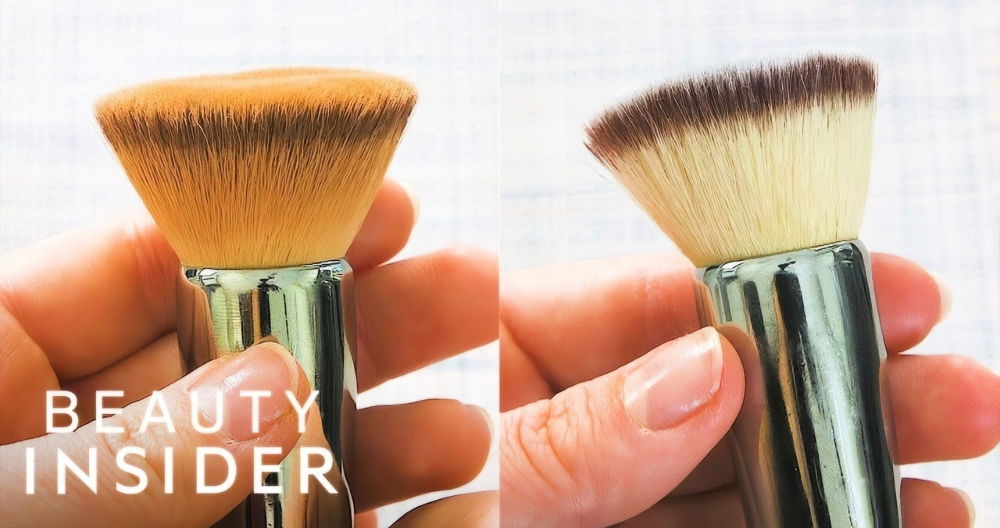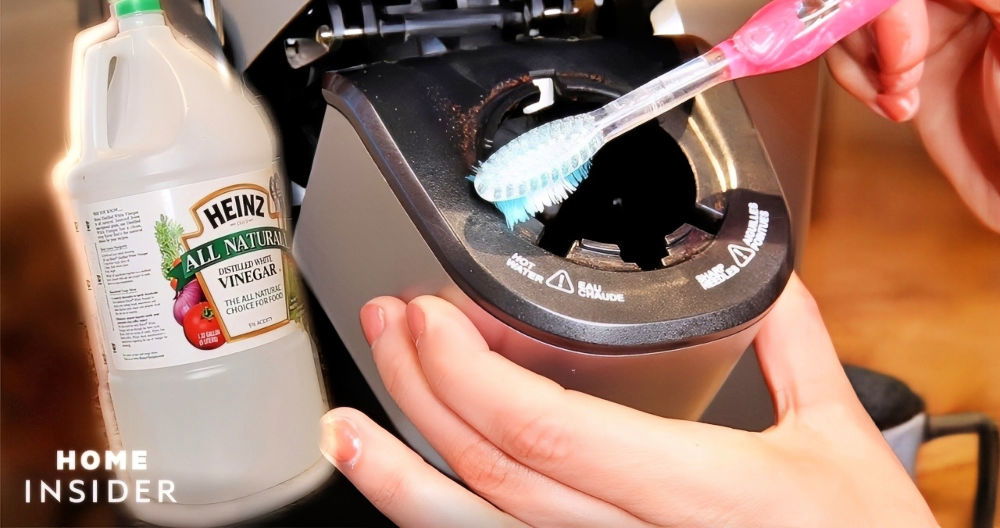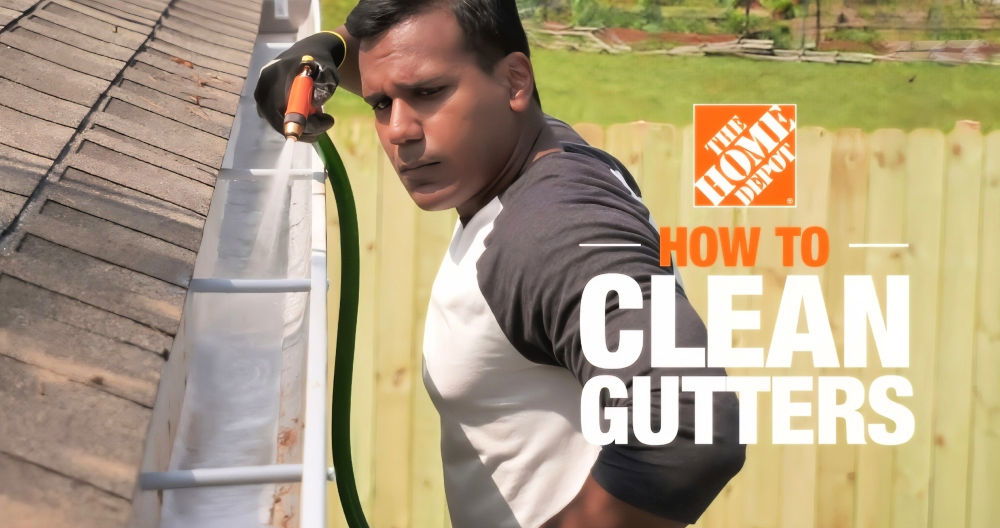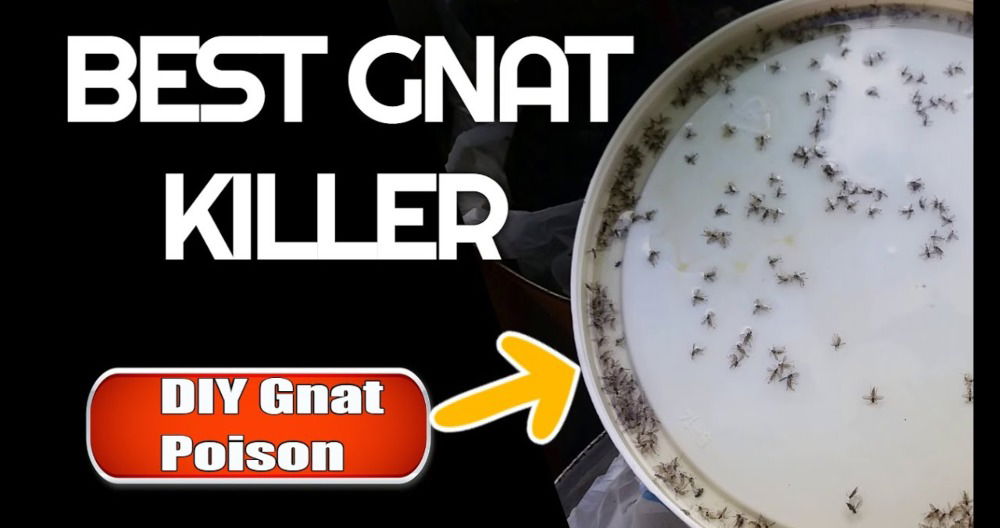Last weekend, I noticed my stainless steel refrigerator was covered in fingerprints and smudges. I had tried cleaning it before, but nothing seemed to work well. Determined to find a solution, I decided to research the best methods for cleaning stainless steel appliances.
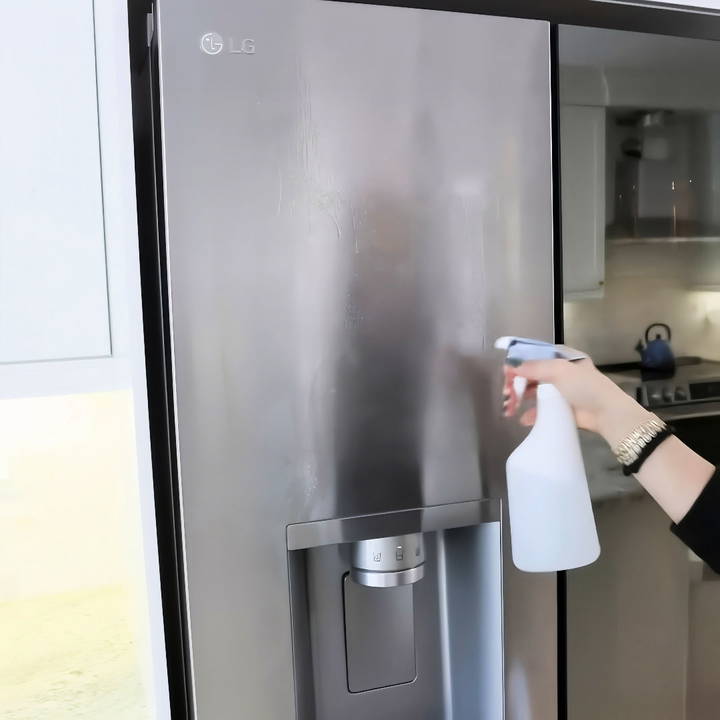
After some trial and error, I discovered a simple and effective way to make my appliances shine. Using just a few household items, I managed to remove all the marks and restore the sleek look of my kitchen. It was easier than I thought!
I'm excited to share these easy steps with you, so you too can enjoy spotless stainless steel appliances. Let's get started on making your kitchen shine!
Understanding Stainless Steel
Stainless steel is a remarkable material widely used in everything from kitchen utensils to architectural design. It's favored for its durability, resistance to corrosion, and sleek appearance. But what exactly is stainless steel, and why is it so versatile?
At its core, stainless steel is an iron alloy, which means it's primarily made of iron mixed with other elements. The key ingredient that makes stainless steel ‘stainless' is chromium. Typically, stainless steel contains at least 10.5% chromium, which forms a thin layer of oxide on the surface, protecting the steel beneath from rust and stains.
There are different types of stainless steel, categorized by their ‘series' and characteristics:
- 200 Series: These are mixed with manganese and nitrogen. They're less common but offer good strength and resistance to corrosion.
- 300 Series: This series includes the well-known 304 and 316 types. They're made with nickel and offer excellent corrosion resistance. They're used in everything from pots and pans to medical equipment.
- 400 Series: These types contain more carbon, making them strong but a bit less resistant to corrosion. They're often used for knives and other cutting tools.
When cleaning stainless steel, it's important to consider these different types. For example, the 300 series is less prone to rust, so it's safer to use water-based cleaning methods. On the other hand, the 400 series might require oil-based cleaners to prevent rust.
Stainless steel is tough but not invincible. It can scratch, dent, and rust under harsh conditions. Regular maintenance and proper cleaning keep it in top shape.
Materials You'll Need:
- Dish Soap: A gentle yet effective cleanser that doesn't harm the steel's protective layer.
- White Vinegar: Perfect for tackling hard water stains and restoring shine.
- Mineral Oil: A secret weapon for a glossy finish without greasiness.
- Flatweave Microfiber Cloth: This ensures streak-free cleaning without risking scratches.
- Baking Soda (optional): For addressing rust spots or minor scratches delicately.
Why These Materials?
Each item plays a vital role in the cleaning process. The non-abrasive nature of these materials ensures your appliances remain unscratched and the protective coating intact. Dish soap acts as a soothing cleanser, vinegar cuts through water stains, and mineral oil offers that showroom shine that initially drew me to stainless steel.
Step by Step Instructions
Learn how to clean stainless steel effectively, remove fingerprints, water stains, and rust, and restore its showroom shine with these step-by-step tips.
1. Dealing with Fingerprints and General Grime
Fingerprints were my first challenge. Mixing half a teaspoon of dish soap with water in a spray bottle provided me with a gentle cleaning solution. Spraying it onto the appliance and following the grain with a flatweave microfiber cloth, I used an 'S' pattern technique to avoid streaks. This simple method not only dealt with fingerprints but also removed everyday dirt effectively.
2. Eradicating Water Stains
Water stains were more stubborn. Replacing half of the water in my spray bottle with white vinegar created a more potent solution for these issues. For persistent stains, directly applying vinegar with a soaked paper towel before wiping it off with my soap mixture became my go-to strategy.
3. Rust and Scratches
Encountering rust was discouraging, but a paste of baking soda and water gently rubbed over the spot with my finger worked wonders. For deeper scratches, which I thankfully managed to avoid, I learned that a stainless steel scratch repair kit was an investment worth considering.
4. Achieving a Showroom Shine
The final step, and arguably the most satisfying, was applying a thin layer of mineral oil with a paper towel, ensuring I again followed the grain. This not only gave my appliances a glistening gleam but also provided a protective barrier that made future cleaning easier.
Choosing the Right Tools
The emphasis on using non-abrasive tools like flatweave microfiber cloths became a mantra for me. Anything abrasive, such as steel wool or certain sponges, was banned from my cleaning arsenal to avoid scratches and preserve the pristine look of my appliances.
Preventive Measures
Beyond cleaning, I learned the value of preventive care. Placing a mat under my soap dispenser to catch drips and using fridge magnets judiciously to avoid scratches were small adjustments that made a big difference.
Advanced Stain Removal
Stainless steel looks sleek and is durable, but it can still stain. Coffee on the fridge or a burned pot bottom? No worries—there are ways to restore its shine.
For Rust Stains
Rust can occur on stainless steel when exposed to harsh conditions. To tackle rust:
- Make a paste of baking soda and water.
- Apply it to the rusted area and let it sit for a few minutes.
- Use a soft cloth to rub the paste in the direction of the steel's grain.
- Rinse with water and dry thoroughly.
For Hard Water Stains
Hard water can leave chalky deposits on stainless steel. Here's how to remove them:
- Soak a cloth in white vinegar.
- Wipe the stained area, letting the vinegar do its work for a few minutes.
- Clean with a damp cloth and dry immediately.
For Burnt Residues
Burnt-on food can be a challenge, but it's not insurmountable:
- Sprinkle the surface with baking soda.
- Cover the area with a damp cloth soaked in hot water and dish soap.
- Let it sit for an hour to loosen the residue.
- Gently scrub away the residue with a non-abrasive sponge.
For Fingerprints
Fingerprints are a common issue on stainless steel appliances:
- Use a microfiber cloth with a small amount of glass cleaner or vinegar.
- Wipe in the direction of the grain to avoid streaks.
- Buff with a dry cloth for a flawless finish.
Test your cleaning method on a hidden spot first to avoid damage. Never use steel wool or abrasive cleaners; they can scratch and stain.
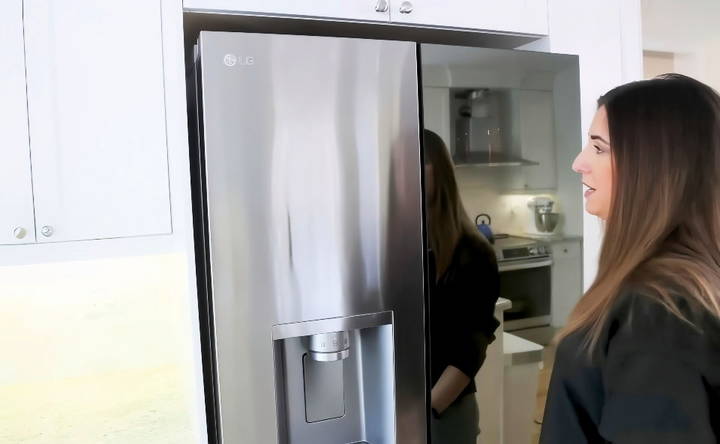
Common Mistakes to Avoid
Knowing what to avoid is as crucial as knowing the right cleaning methods to maintain stainless steel. Here are common mistakes that damage stainless steel and how to prevent them:
- Using Harsh Chemicals: Avoid cleaners containing chlorine, bleach, or harsh chemicals. These can corrode stainless steel over time. Instead, opt for mild detergents or make your own cleaners with baking soda or vinegar.
- Scrubbing Against the Grain: Stainless steel has a grain, much like wood, and scrubbing against it can cause scratches. Always clean in the direction of the grain for the best results.
- Neglecting Regular Cleaning: Don't wait for dirt and grime to build up. Regular cleaning prevents permanent discoloration and maintains the steel's shine.
- Using Abrasive Tools: Steel wool or scouring pads can scratch stainless steel surfaces. Use soft cloths or sponges for cleaning.
- Leaving Wet Surfaces: Water spots can form if stainless steel is not dried properly. After cleaning, always dry with a towel or cloth.
- Forgetting to Rinse: After using any cleaner, rinse the surface thoroughly with water to prevent residue buildup, which can dull the finish.
- Applying Too Much Pressure: When tackling tough stains, applying too much pressure can dent or scratch the surface. Gentle, consistent pressure is key.
Avoid these mistakes to keep your stainless steel looking new. Gentle care and attention are key to maintaining its beauty and functionality.
FAQs About How to Clean Stainless Steel
Discover tips and answers to FAQs about how to clean stainless steel effectively, ensuring your surfaces shine and stay spotless.
The most effective way to clean stainless steel appliances is to use a simple solution of dish soap and warm water. Apply the mixture with a microfiber cloth, following the grain of the steel, and then rinse with warm water. Dry the surface thoroughly with a clean cloth to prevent water spots.
Yes, vinegar is a great natural cleaner for stainless steel. Spray a small amount of white vinegar onto the surface and wipe it off with a microfiber cloth, again following the grain. Vinegar helps to remove grease and disinfect the surface.
For stubborn stains, make a paste of baking soda and water. Apply this paste to the stained area and gently rub it in with a soft cloth, following the grain of the metal. Rinse with water and dry thoroughly. Baking soda is mildly abrasive and can help remove tough stains without scratching the surface.
A small amount of olive oil can be used to polish stainless steel and give it a nice shine. After cleaning, apply a few drops of oil to a soft cloth and rub it onto the surface in the direction of the grain. Wipe away any excess oil with a clean cloth.
Avoid using abrasive materials like steel wool or harsh chemicals that can scratch or damage the stainless steel surface. Also, refrain from using bleach or ammonia-based cleaners as they can tarnish the steel. Always work with the grain, not against it, to maintain the integrity of the stainless steel.
Conclusion
Now that you know how simple it is, I hope you'll give these methods a try. Your stainless steel surfaces will look brand new, and you'll be amazed at the difference it makes in your home.


